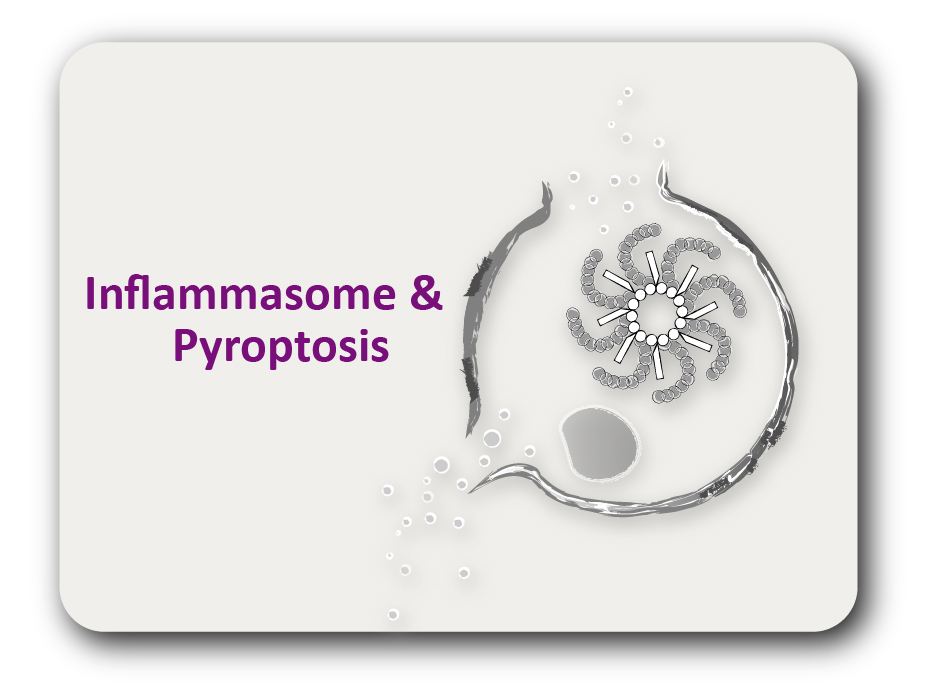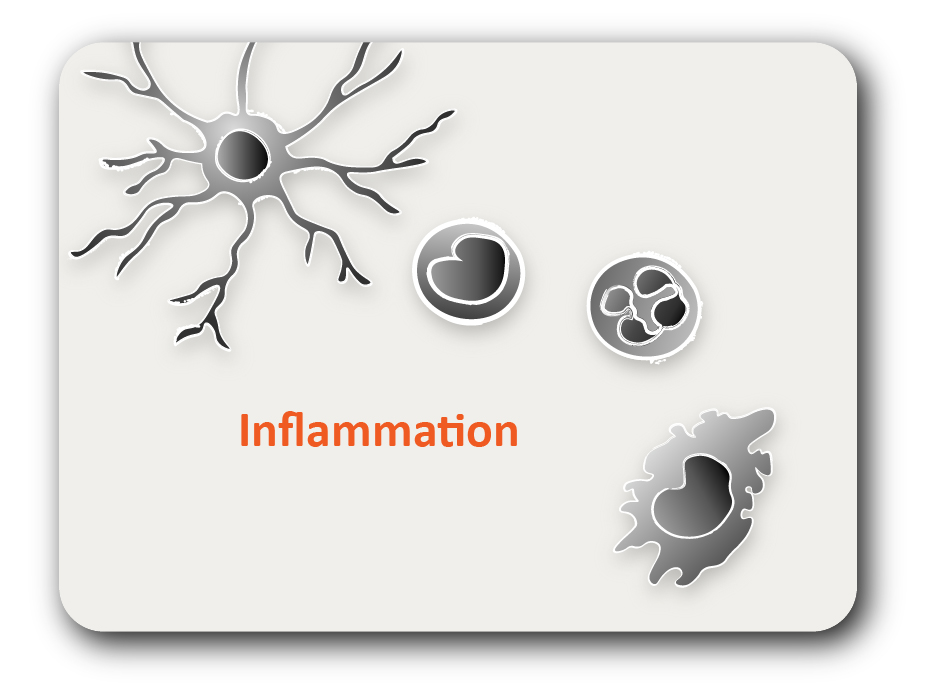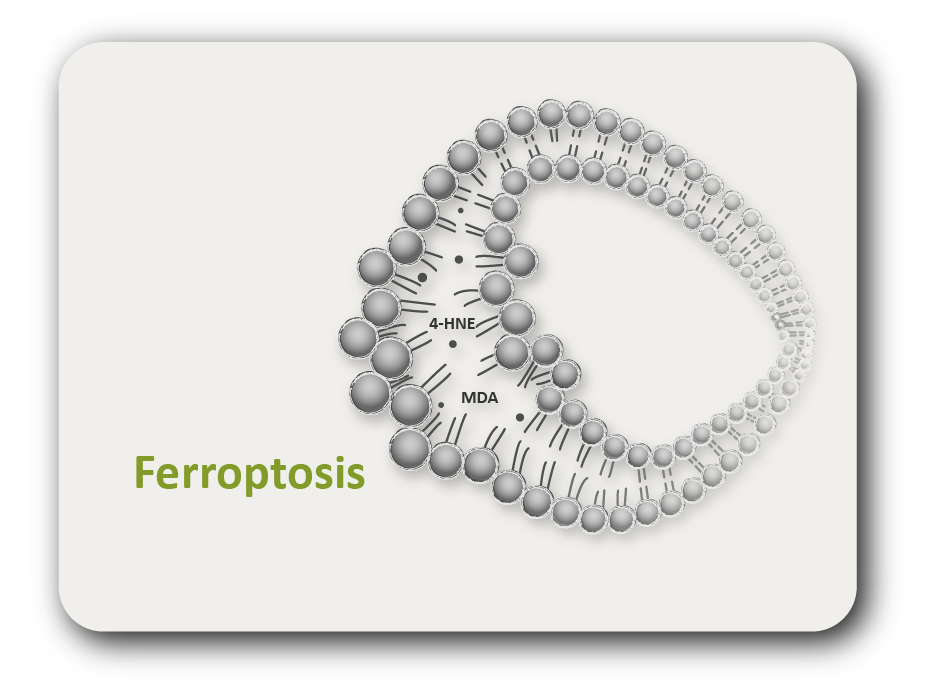ARG70549
Mouse Neuropilin 1 recombinant protein (His-tagged)
Mouse Neuropilin 1 recombinant protein (His-tagged) for SDS-PAGE
Overview
| Product Description | CHO expressed, His-tagged Mouse Neuropilin 1 recombinant protein |
|---|---|
| Tested Application | SDS-PAGE |
| Target Name | Neuropilin 1 |
| A.A. Sequence | Phe22 - Pro856 |
| Expression System | CHO |
| Alternate Names | NRP1; Neuropilin 1; VEGF165R; NRP; CD304; Vascular Endothelial Cell Growth Factor 165 Receptor; Neuropilin-1; Transmembrane Receptor; CD304 Antigen; BDCA4; NP1 |
Properties
| Form | Powder |
|---|---|
| Purification Note | Endotoxin level is less than 0.1 EU/µg of the protein, as determined by the LAL test. |
| Purity | > 95% (by SDS-PAGE) |
| Buffer | PBS (pH 7.4) |
| Reconstitution | It is recommended to reconstitute the lyophilized protein in sterile water to a concentration not less than 200 μg/ml and incubate the stock solution for at least 20 min at room temperature to make sure the protein is dissolved completely. |
| Storage Instruction | For long term, lyophilized protein should be stored at -20°C or -80°C. After reconstitution, aliquot and store at -20°C or -80°C for up to one month. Storage in frost free freezers is not recommended. Avoid repeated freeze/thaw cycles. Suggest spin the vial prior to opening. |
| Note | For laboratory research only, not for drug, diagnostic or other use. |
Bioinformation
| Gene Symbol | NRP1 |
|---|---|
| Gene Full Name | Neuropilin 1 |
| Background | This gene encodes one of two neuropilins, which contain specific protein domains which allow them to participate in several different types of signaling pathways that control cell migration. Neuropilins contain a large N-terminal extracellular domain, made up of complement-binding, coagulation factor V/VIII, and meprin domains. These proteins also contains a short membrane-spanning domain and a small cytoplasmic domain. Neuropilins bind many ligands and various types of co-receptors; they affect cell survival, migration, and attraction. Some of the ligands and co-receptors bound by neuropilins are vascular endothelial growth factor (VEGF) and semaphorin family members. This protein has also been determined to act as a co-receptor for SARS-CoV-2 (which causes COVID-19) to infect host cells. [provided by RefSeq, Nov 2020] |
| Function | Regulates mitochondrial iron transport via interaction with ABCB8/MITOSUR. [Uniprot] |





